Articles Archives
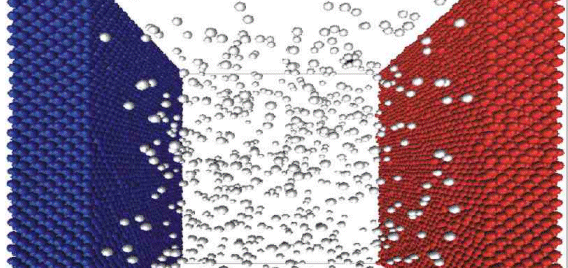
Correlations for Convective Heat Transfer
Nov 08 2010 01:20 PM |
bspang
in Heat Transfer
In many cases it's convenient to have simple equations for estimation of heat transfer coefficients. Below is a collection of recommended correlations for single-phase convective flow in different geometries as well as a few equations for heat transfer...
Article Images:
[attachment=5123:IPC]
Read story →
0 comments





Rupture Disks for Process Engineers - Part 1
Nov 08 2010 01:30 PM |
pleckner
in Safety and Pressure Relief
This is a real story. A rupture disk manufacturer presented a seminar to a group consisting of junior and more senior level process design engineers (yours truly included) with a few instrument engineers thrown in. After about an hour of hearing terms...
Article Images:
Read story →
1 comments





Rupture Disks for Process Engineers - Part 5
Nov 08 2010 01:30 PM |
pleckner
in Safety and Pressure Relief
Part 1 of this series on rupture disks for Process Engineers covered why you use a rupture disk and when you might want to use this device. Part 2 discussed how to size the rupture disk. Part 3 discussed how to set the burst pressure. Part 4 discussed...
Article Images:
Read story →
0 comments





Rupture Disks for Process Engineers - Part 6
Nov 08 2010 01:30 PM |
pleckner
in Safety and Pressure Relief
Part 1 of this series on rupture disks for Process Engineers covered why you use a rupture disk and when you might want to use this device. Part 2 discussed how to size the rupture disk. Part 3 discussed how to set the burst pressure. Part 4 discussed...
Article Images:
Read story →
0 comments





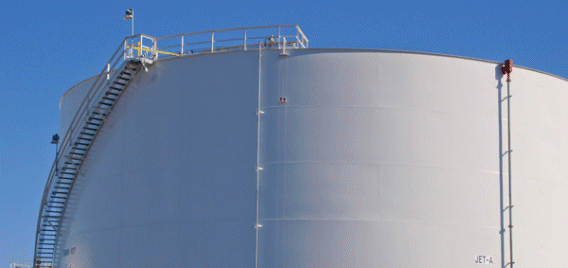
Tank Blanketing Basics Covered
Nov 08 2010 01:40 PM |
proinwv
in Safety and Pressure Relief
Tank blanketing, or padding, refers to applying a cover of gas over the surface of a stores commodity; usually a liquid. Its purpose is either to protect or contain the stored product or prevent it from harming personnel, equipment, or the environment....
Article Images:
Read story →
2 comments





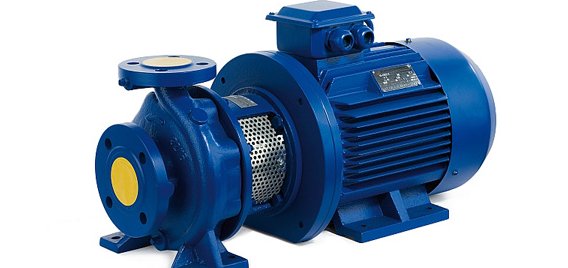
Centrifugal Pumps: Basic Concepts of Operation,...
Nov 08 2010 11:30 AM |
Mukesh Sahdev
in Fluid Flow
The operating manual of any centrifugal pump often starts with a general statement, "Your centrifugal pump will give you completely trouble free and satisfactory service only on the condition that it is installed and operated with due care and is prope...
Article Images:
Read story →
17 comments





Centrifugal Pumps: Understanding Cavitation
Nov 08 2010 01:30 PM |
Mukesh Sahdev
in Fluid Flow
Operating a pump under the condition of cavitation for even a short period of time can have damaging consequences for both the equipment and the process. Operating a pump at low flow conditions for an extended duration may also have damaging consequenc...
Article Images:
Read story →
12 comments





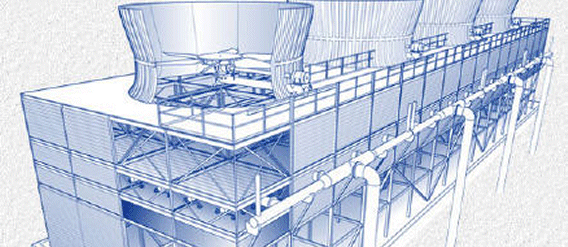
Cooling Towers: Design and Operation Considerat...
Nov 08 2010 12:50 PM |
Chris Haslego
in Heat Transfer
Cooling towers are a very important part of many chemical plants. They represent a relatively inexpensive and dependable means of removing low grade heat from cooling water.The make-up water source is used to replenish water lost to evaporation. Hot wa...
Article Images:
[attachment=4404:IPC]
Read story →
3 comments





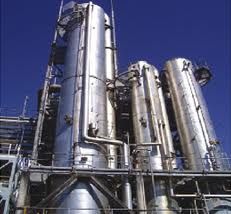
Extractive Distillation: An In-Depth Look
Nov 08 2010 01:40 PM |
Chris Haslego
in Separation Technology
Distillation is the most widely used separation technique in the chemical and petroleum industry. However, not all liquid mixture are amenable to ordinary fractional distillation. When the components of the system have low relative volatilities (1.00...
Article Images:
Read story →
3 comments





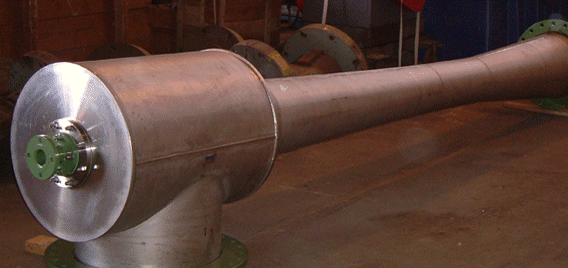
Keeping Ejectors Online
Nov 08 2010 01:30 PM |
Chris Haslego
in Utilities
Steam jet ejectors offer a simple, reliable means of producing vacuum, and have a low installed cost as well. They are commonly found in process plants having available steam. The vacuum produced is useful for many processes, including evaporation, coo...
Article Images:
Read story →
3 comments






Falling Film Evaporators in the Food Industry
Nov 08 2010 01:40 PM |
Chris Haslego
in Heat Transfer
That orange juice that you had this morning sure tasted good didn't it? Did you ever wonder how they get it concentrated into that little can? Chances are the manufacturers used a falling film evaporator. Falling film evaporators are especially p...
Article Images:
Read story →
4 comments





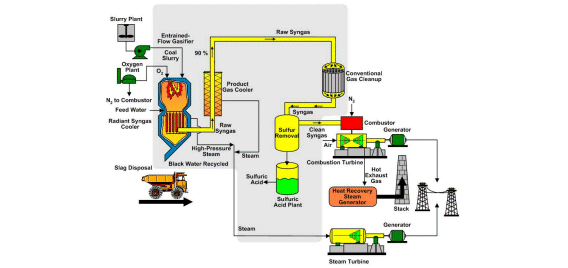
Experienced Based Rules of Chemical Engineering
Nov 08 2010 01:00 PM |
Chris Haslego
in Calculations and Tips
Experience is typically what turns a good engineer into a great engineer. An engineer that can look at a pipe and a flowmeter and guess the pressure drop within 5%. Someone who can at least estimate the size of a vessel without doing any calculations....
Article Images:
[attachment=5123:IPC]
Read story →
13 comments





Solving Integral Equations in MS Excel
Nov 08 2010 01:10 PM |
Steve Hall
in Calculations and Tips
TankVolume, as it appears in the online store, calculates the liquid volume of partially filled tanks, horizontal or vertical, with various types of heads. One of these, the torispherical head, requires that integral equations be solved. This artic...
Article Images:
Read story →
2 comments





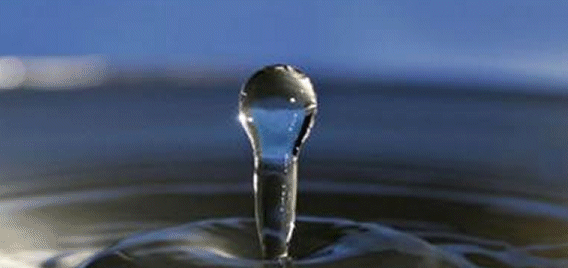
Thermodynamic and Transport Properties of Water...
Nov 08 2010 01:20 PM |
bspang
in Physical Properties
Water is not only one of the most common substances and indispensable to life, it's also one of the most important media in engineering applications. Steam engines with water as the working fluid were at the beginning of the industrial revolution. The...
Article Images:
Read story →
4 comments





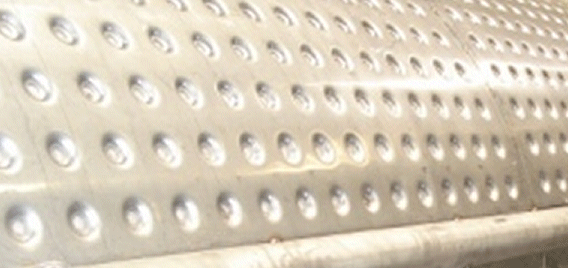
Jacketed Vessel Design
Nov 08 2010 01:20 PM |
Guest
in Heat Transfer
Jacketing a process vessel provided excellent heat transfer in terms of efficiency, control and product quality. All liquids can be used as well as steam and other high temperature vapor circulation. The temperature and velocity of the heat transfer me...
Article Images:
Read story →
2 comments





Methanol Plant Capacity Enhancement
Nov 08 2010 01:30 PM |
Guest
in Process and Reactions
 The authors share their experience in debottlenecking a methanol plant at GNFC Ltd. The project involved the commissioning of a state of the art Isothermal reactor from Linde. GNFC is located at Bharuch, Gujarat  India and is engaged in manufactur...
Article Images:
Read story →
1 comments





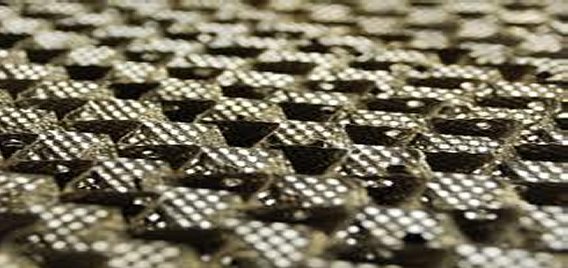
Packed Column Design
Nov 08 2010 01:20 PM |
Chris Haslego
in Separation Technology
Designing a randomly packed column is a subtle blend of art and science. Packed columns are most frequently used to remove contaminants from a gas stream (absorption). However, packed columns can also be used to remove volatile components from a liquid...
Article Images:
Read story →
5 comments





Pinch Technology: Basics for Beginners
Nov 08 2010 01:30 PM |
Mukesh Sahdev
in Heat Transfer
While oil prices continue to climb, energy conservation remains the prime concern for many process industries. The challenge every process engineer is faced with is to seek answers to questions related to their process energy patterns. A few of the fre...
Article Images:
Read story →
0 comments





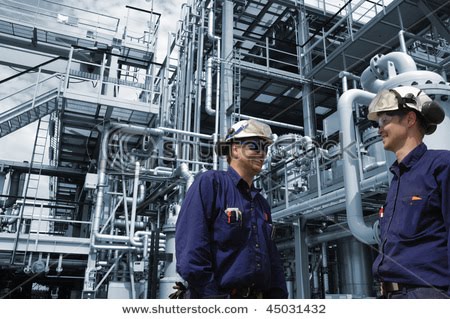
Why Become a Chemical Engineer?
May 30 2012 06:50 PM |
Chris Haslego
in For Students
How about a career where the opportunities are endless? Trying not to sound like an advertisement, I'd like to describe some of the more common careers pursued with a Chemical Engineering degree. Firstly, if you're considering studying Chemical Engineering, but you're a little timid because of the horror stories that you hear, you actually may want to think about it some more!
Article Images:
Read story →
3 comments





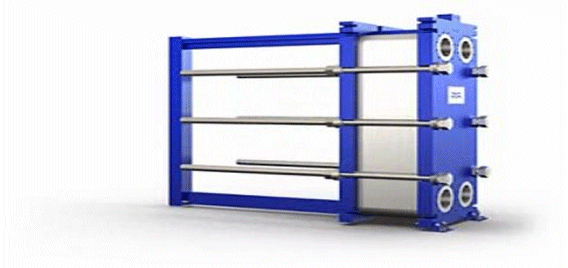
Plate Heat Exchangers: Preliminary Design
Nov 08 2010 12:50 PM |
Chris Haslego
in Heat Transfer
Numerous articles have been published regarding the advantages of compact heat exchangers. Briefly, their higher heat transfer coefficients, compact size, ease of service, cost effectiveness, and their unique ability to handle fouling fluids make compa...
Article Images:
Read story →
5 comments






Statistical Process Control: Process and Qualit...
Jul 14 2012 06:50 PM |
Chris Haslego
in Process and Reactions
Statistical Process Control (SPC) provides a way to monitor chemical and other processes. We'll focus on continuous chemical processes and how the process and quality control departments utilize SPC. Process control engineers use SPC to monitor a process's stability, consistency and overall performance. Quality control engineers use SPC to see if the process is functioning within quality standards. In industry, these two departments work together to monitor a chemical process.
Article Images:
Read story →
3 comments





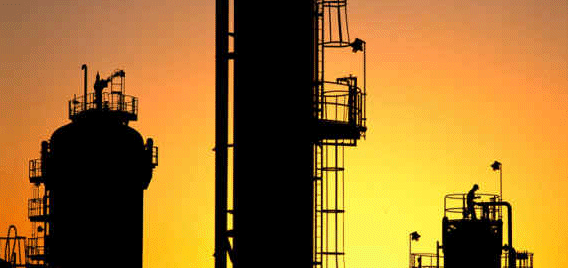
A Students Guide to Refining
Nov 08 2010 01:20 PM |
Chris Haslego
in Energy
Distillation is the first step in the processing of crude oil and it takes place in a tall steel tower called a fractionation column. The inside of the column is divided at intervals by horizontal trays. The column is kept very hot at the bottom (the c...
Article Images:
[attachment=5123:IPC]
Read story →
7 comments





Distillation Pilot Plant Design, Operating Para...
Dec 13 2010 11:53 AM |
Chris Haslego
in Separation Technology
In spite of the fact that tremendous progress is being made in understanding the performance of both random and structured packings in distillation, it is a long way from being able to predict from first principles, the efficiency, capacity and pressur...
Article Images:
Read story →
0 comments






Physical Properties on the Internet
Jun 16 2011 09:50 PM |
Chris Haslego
in Physical Properties
Finding physical properties on the internet can lead to an interesting journey. Here, we've compiled a list of some of the best sites that we've found over the years. Thermodynamic and Transport Properties of Water and SteamDr. Bernhard Spang presents...
Article Images:
Read story →
0 comments






Water Chemistry and Treatment
Jun 03 2012 06:50 PM |
Chris Haslego
in Utilities
Water is a natural solvent. Rain water is acidic due to carbon dioxide picked up in the atmosphere. Water and CO2 make carbonic acid (acid rain). Water hardness is primarily calcium and magnesium. Calcium is limestone - common throughout Midwest. Acid water dissolves limestone, iron, and other minerals in soil.
Article Images:
Read story →
3 comments






 FB
FB